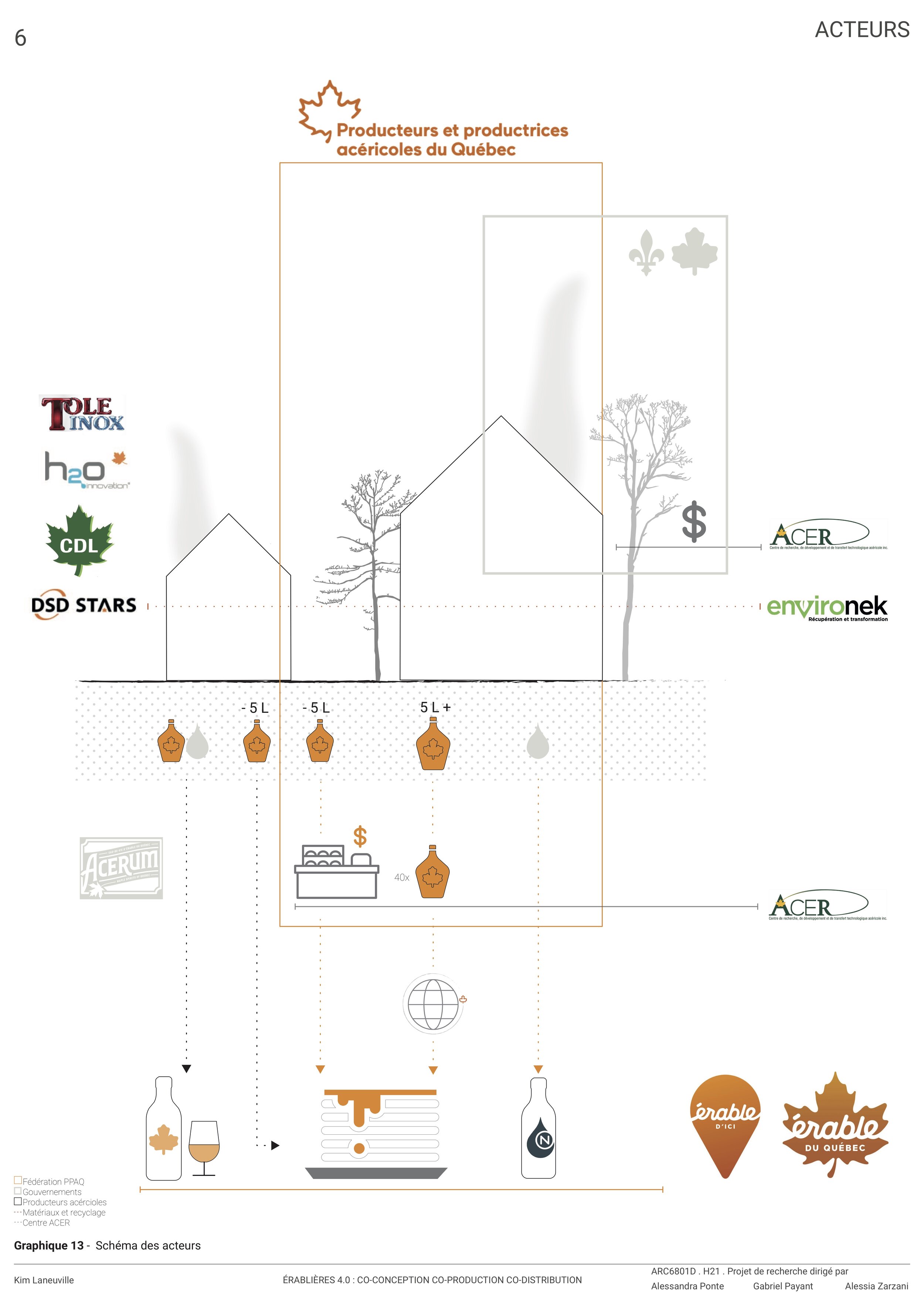The traditional sugaring-off season, this distinctive spring event of festive gatherings, is deeply anchored in the collective memory of Quebec. The province is the world's leading producer of maple syrup and maple products are part of daily life.
Quebec is made up of a very large public territory shared by multiple users. The development of maple syrup production, particularly north of the St. Lawrence River, depends on public maple trees. However, these have often been ceded to forestry companies, or will be as logging is now occurring further south due to climate change. Tensions over obtaining the resource are intensifying as maple syrup producers are excluded from the 2080 management plan for Quebec's public forests. Yet, maple syrup farming and forestry are not so diametrically opposed. These industries can be compatible and complementary through the development of technology and knowledge.
Maple syrup production has recently been industrialized, thus its relationship to the environment, science, technology and infrastructure has changed. In the last 20 years, university research centers, both public and private, have been helping with the industry’s development, technological shift and reduction of emissions. Maple water, maple syrup and acerum require infrastructures for inspection, processing, distribution and storage. The commercialization of maple syrup is based on the standardization of its taste in order to meet demand. Bulk sales do not allow the maple syrup producer to stand out as nearly 40 syrups from different sources are combined. Maple syrup producers can develop unique flavors and the know-how of processing maple sap is the most important element to master. A parallel commercialization system based on the flavors of maple has long been desired by maple syrup producers, researchers, cooks and consumers, but it is something that has only recently been considered.
Architectural co-design could serve as a lever to define this new and accessible paradigm that embraces the richness of maple and its environment. It would promote interdisciplinary collaboration and offer new opportunities for innovative and distinctive research and development. This, while respecting the sugar bush environment.





